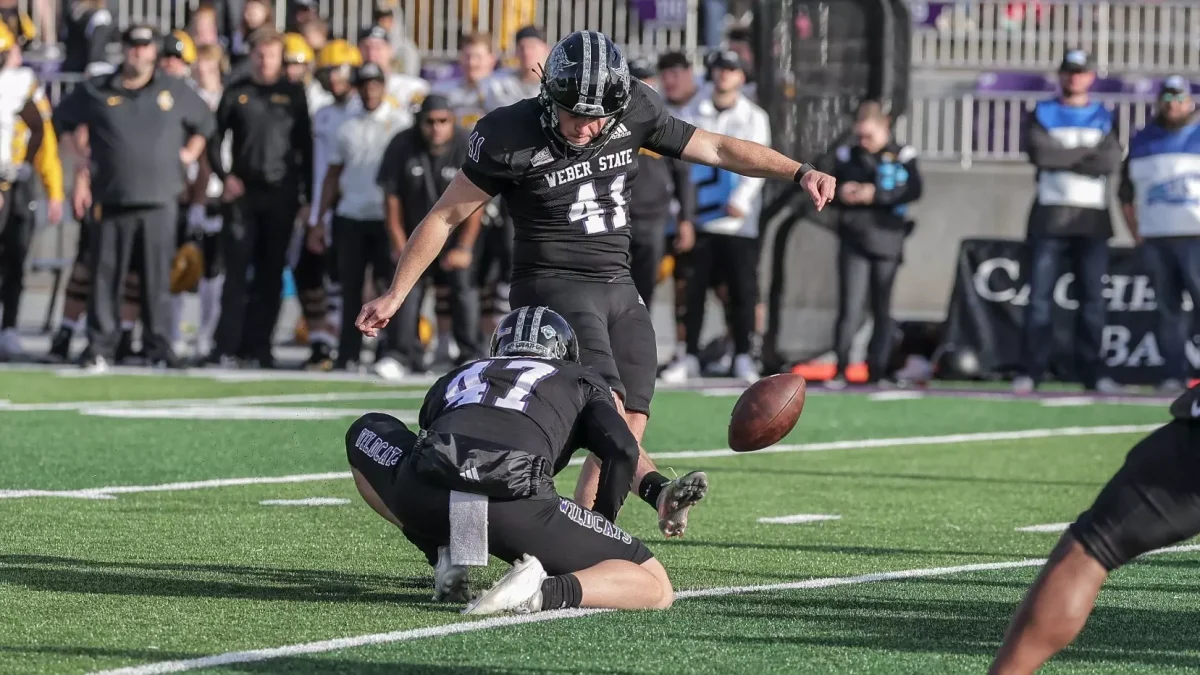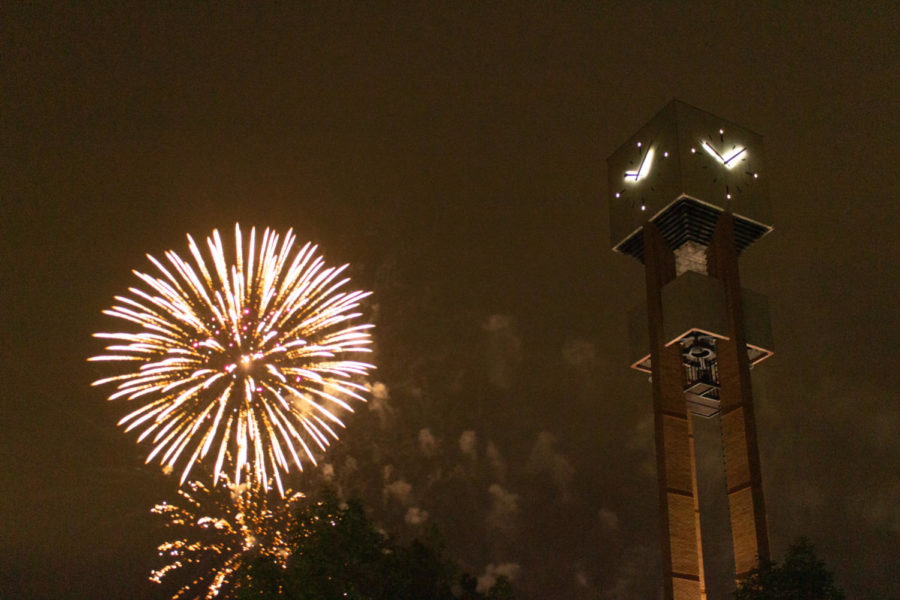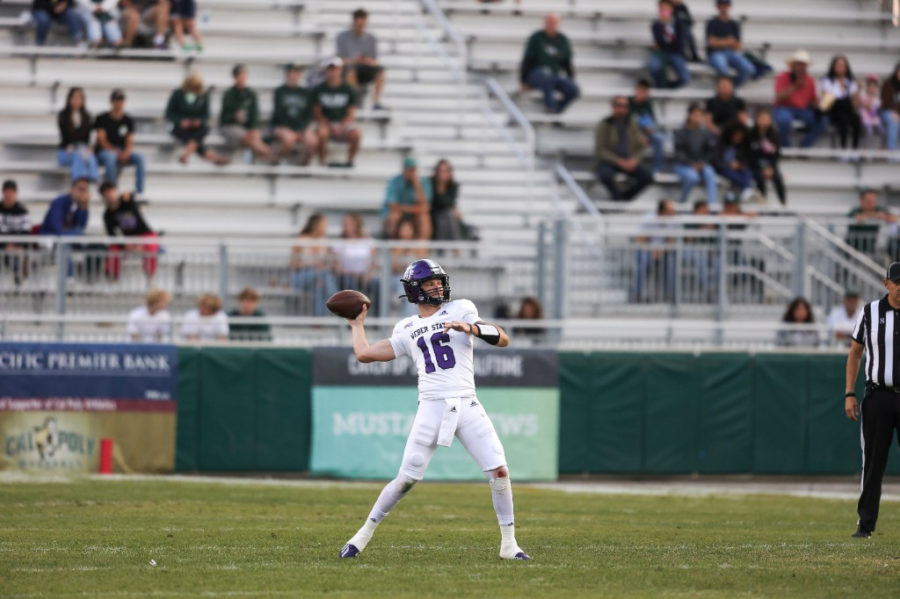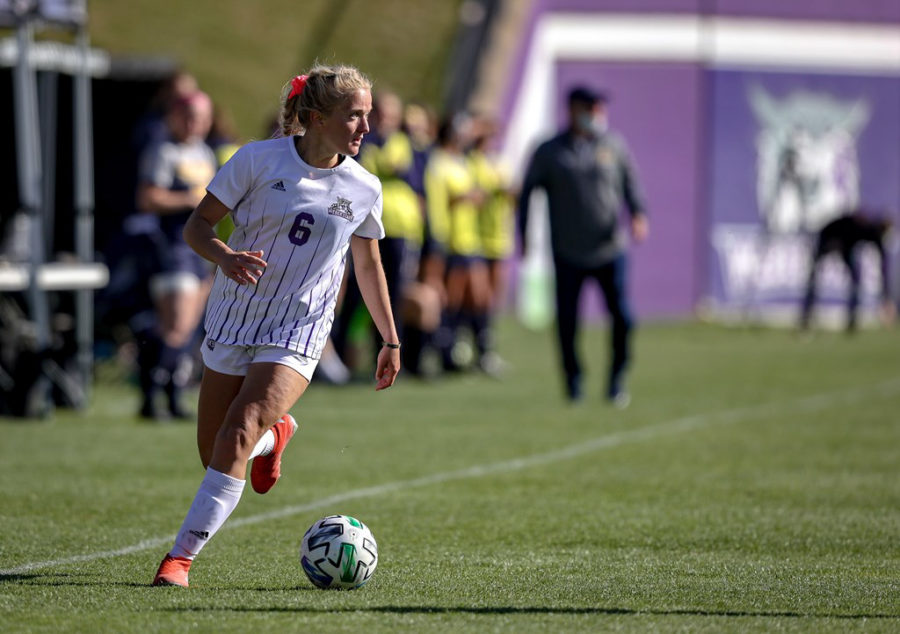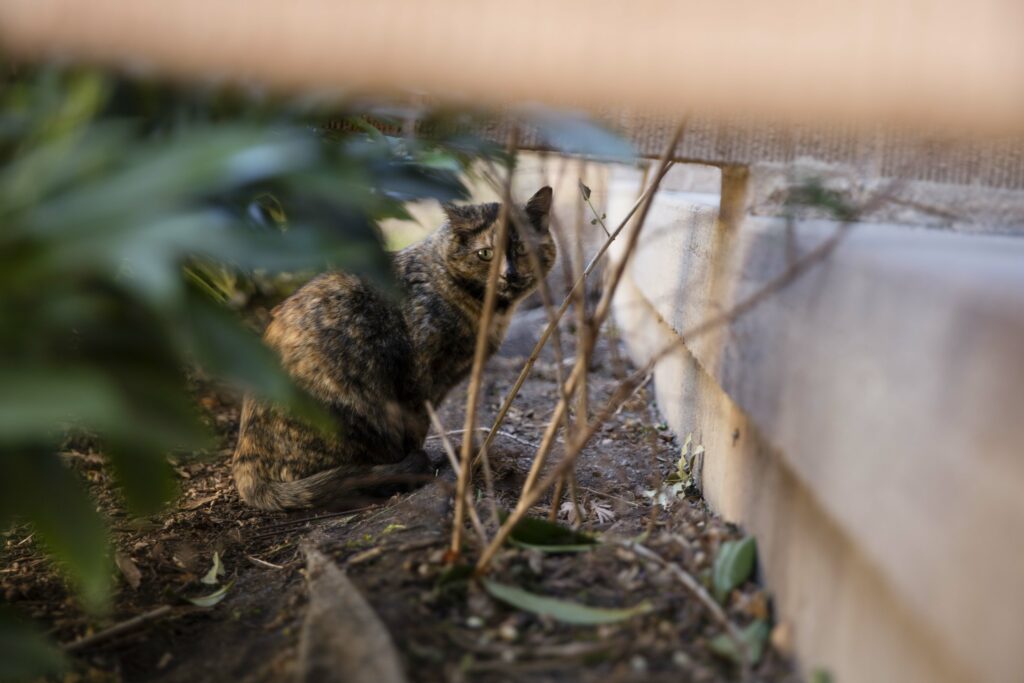
Most students are aware that the Weber State University campus plays host to animals — the geese in the crosswalks, the deer who venture onto the grounds at night — but there is another elusive animal that calls WSU home.
Students may catch a glimpse of them when walking near the Engineering Technology building or stadium. They’re Weber’s very own wild cats.
No, not the beloved Waldo, but a group of community cats that have called WSU their home for years.
“They’re not called ‘feral cats’ anymore because it has a negative connotation. These cats aren’t dangerous. They’re more scared,” Susan Foss, secretary at the ET building and one of the caretakers of the cats, said.
Foss began noticing cats on campus near the building where she worked about six years ago and found out they had already been on campus for about 20 years.
Currently, there is a feeding station and small shelters for the cats to sleep in next to the ET building.
According to Foss, however, Facilities Management wanted to relocate the cats because of the heavy foot traffic in the area.
“They’re afraid the cats will jump out at students,” Foss said. “But really, (the cats) are afraid of students.”
An attempt was made to relocate the cats near Wildcat Village a year ago, but they wandered back to where they were were initially.
Facilities management has since shifted focus to a large group of cats that live near the stadium who have been reproducing rapidly and using parts of the track, field and bleachers as a litter box.
“I began feeding them and trapping them at the end of August,” Foss said. “I was able to get nine of them spayed or neutered.”
Foss was able to acquire free vouchers from Best Friends Animal Society and took the cats to the ERZ Animal Hospital for the procedures.
“Best Friends will give out vouchers to anyone who requests them,” Foss said.
Best Friends has also sent Lisa Larsen to conduct a mass trapping of the cats and take them to get spayed and neutered. Larsen is Weber County’s Community Cat Coordinator.
The main goal is to keep the cats from being euthanized, attempting to live up to Best Friends’ slogan: “Save them all.”
According to the ASPCA, many communities control cat populations using outdated ineffective methods including lethal elimination or relocation.
According to ASPA’s website, trap-neuter-return (TNR) is the only proven humane and effective method to manage community cats.
“We don’t have to euthanize anymore,” Larsen said. “There’s so many other options.”
The majority of the cats will be returned to campus, but according to Larsen, if there are any kittens that can be adopted, they’ll be taken to a shelter.
Community cats, like those at WSU, are good for pest control and don’t cause much of a nuisance.
“They’re very beneficial when it comes to pest control, but people just like seeing them,” Larsen said. “It’s kind of uplifting.”
While spaying and neutering the cats is an ongoing process, the next step is to get the cats away from the bleachers and field.
“I established a food area up in the hills above the stadium,” Foss said. The hope is that the cats will be encouraged to live there, instead of around the stadium.
Along with a feeding area, there are shelters set up above the stadium. Foss hopes to get more materials for more houses and volunteers to help feed the cats near the ET building and the stadium.
“We’re asking that volunteers take a week to help feed and water the cats, especially during the winter.” Foss said. “Their water freezes very quickly.”
Foss said that volunteers can help by donating food, money to buy food or just their time to help make sure the cats are fed.
Students interested in helping can contact Foss in the ET building, room 236. There are also flyers around campus with contact information.



